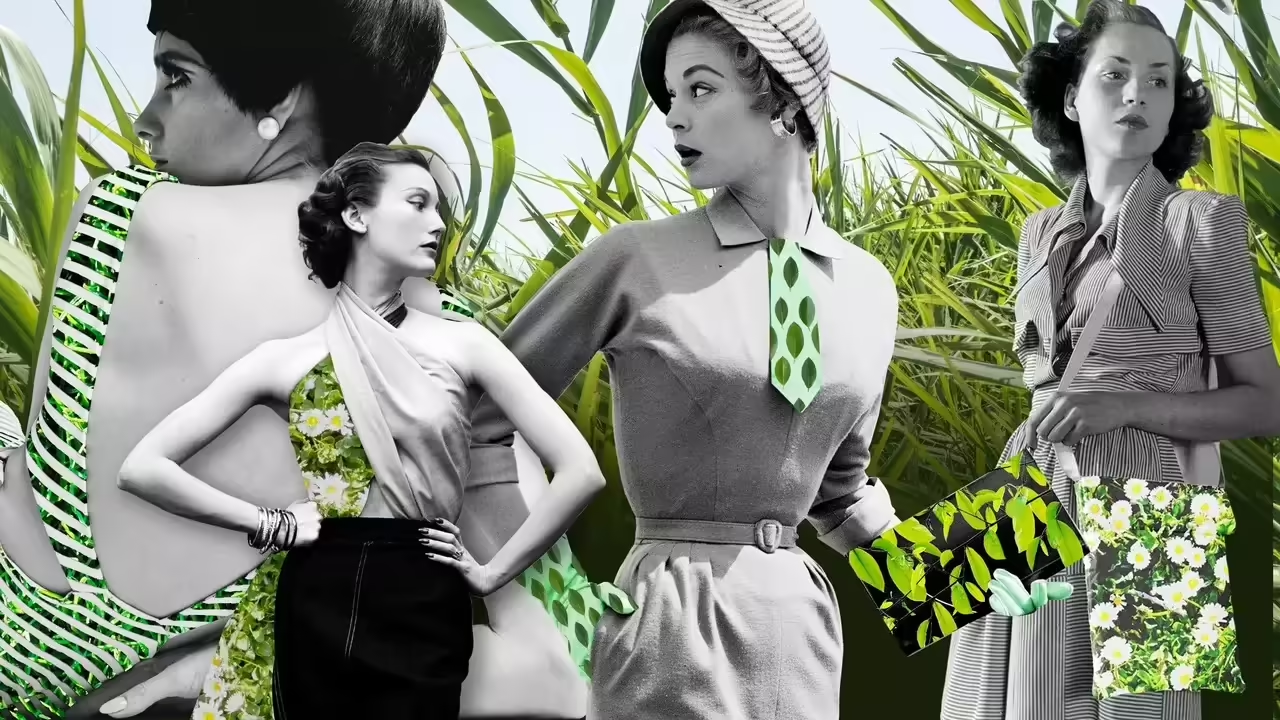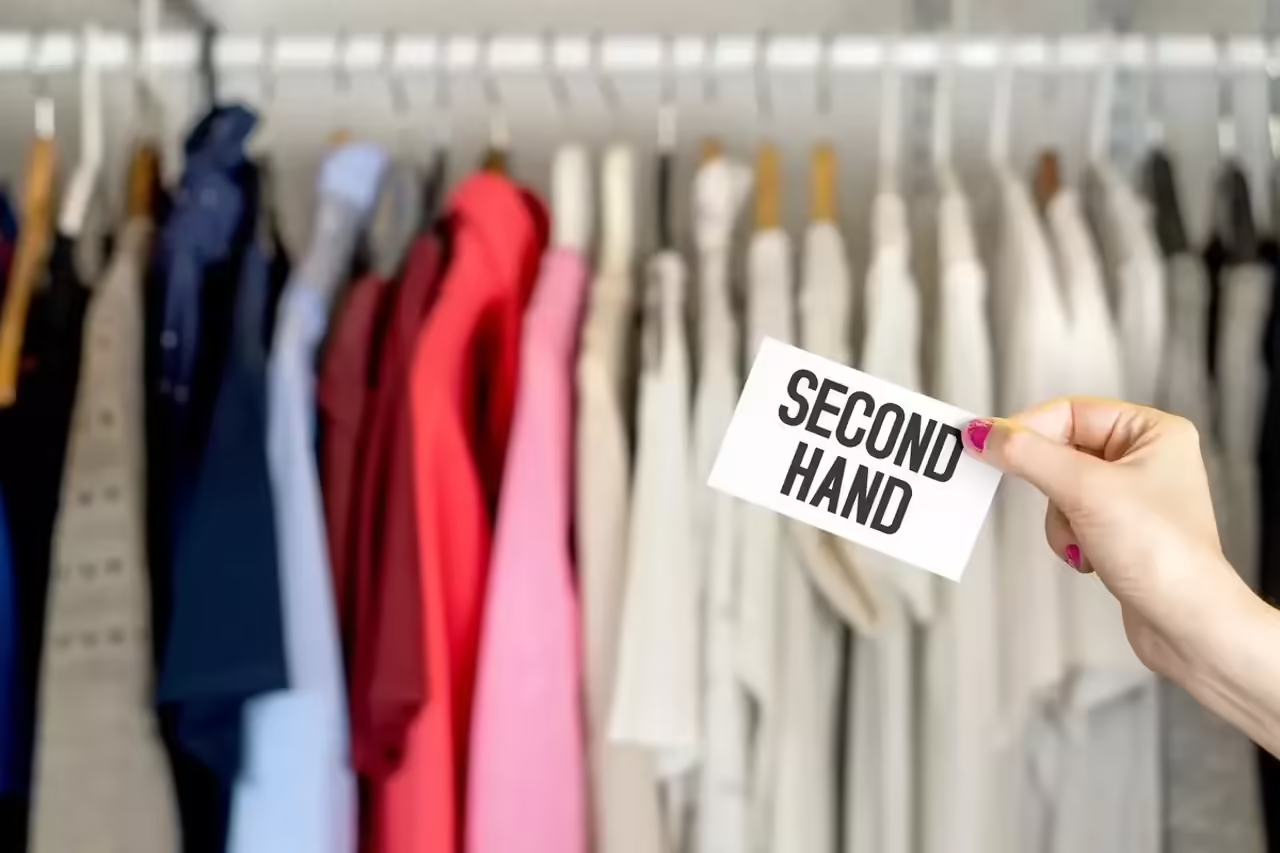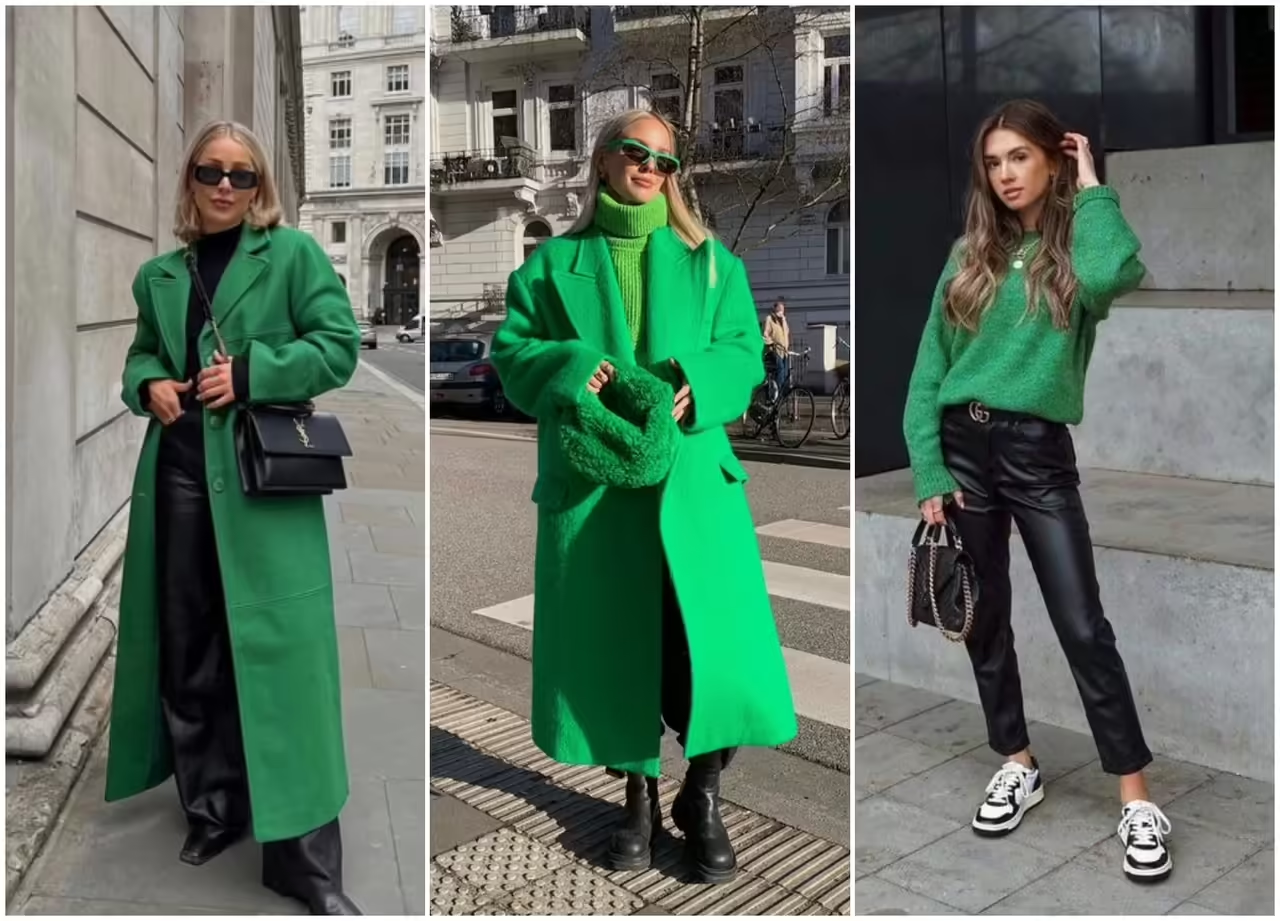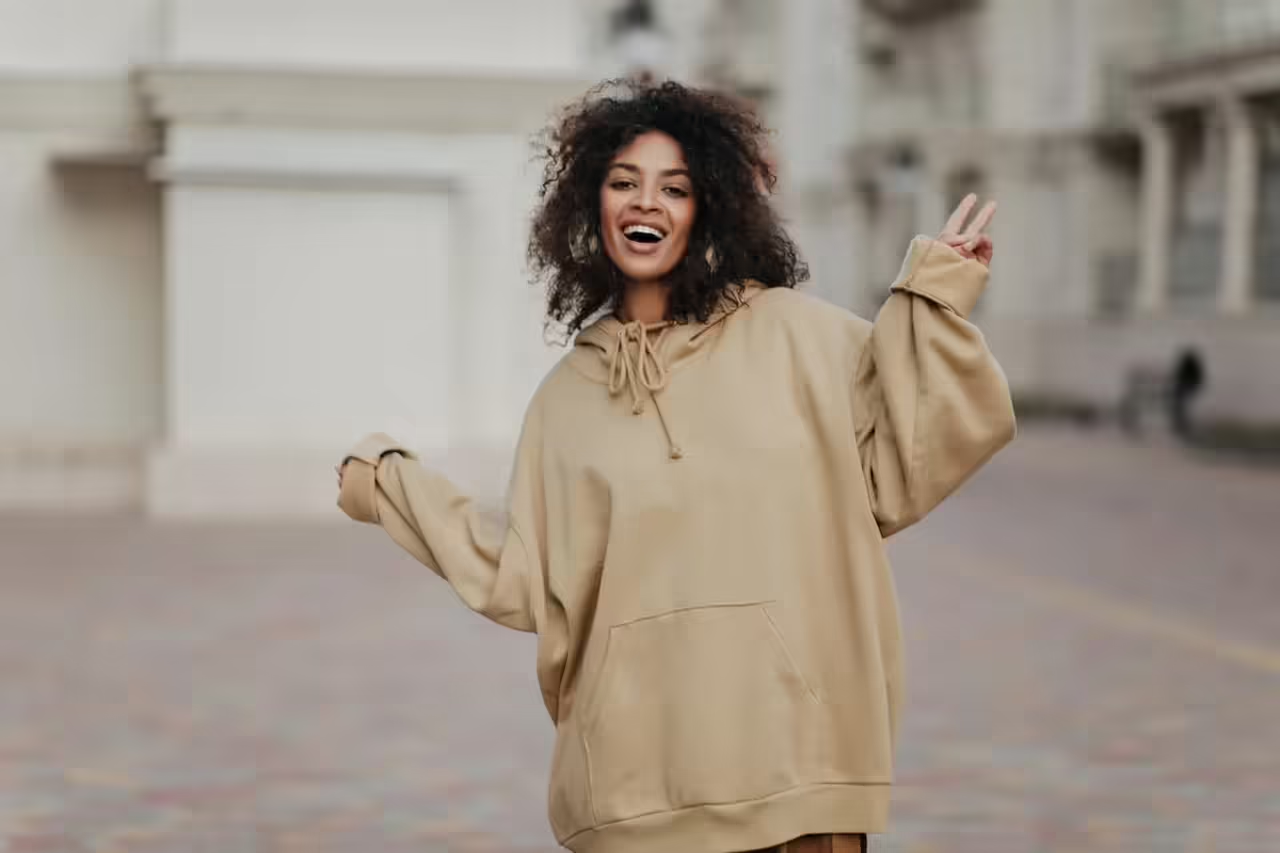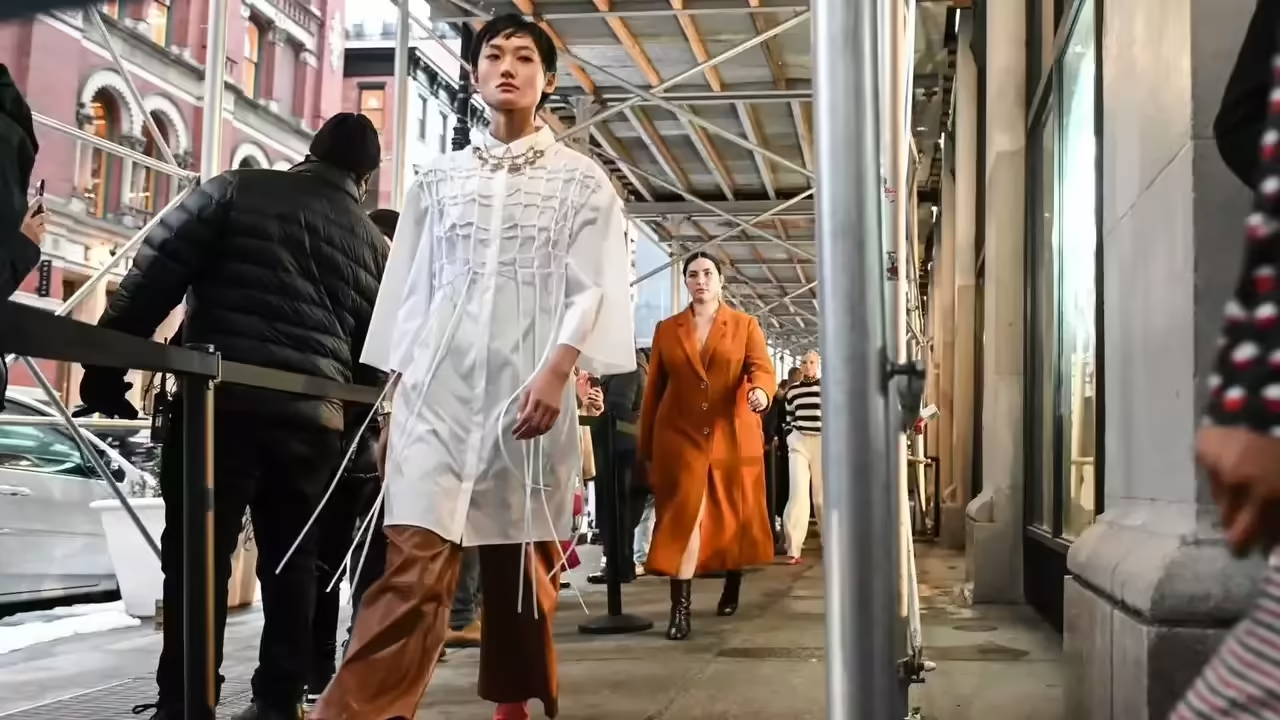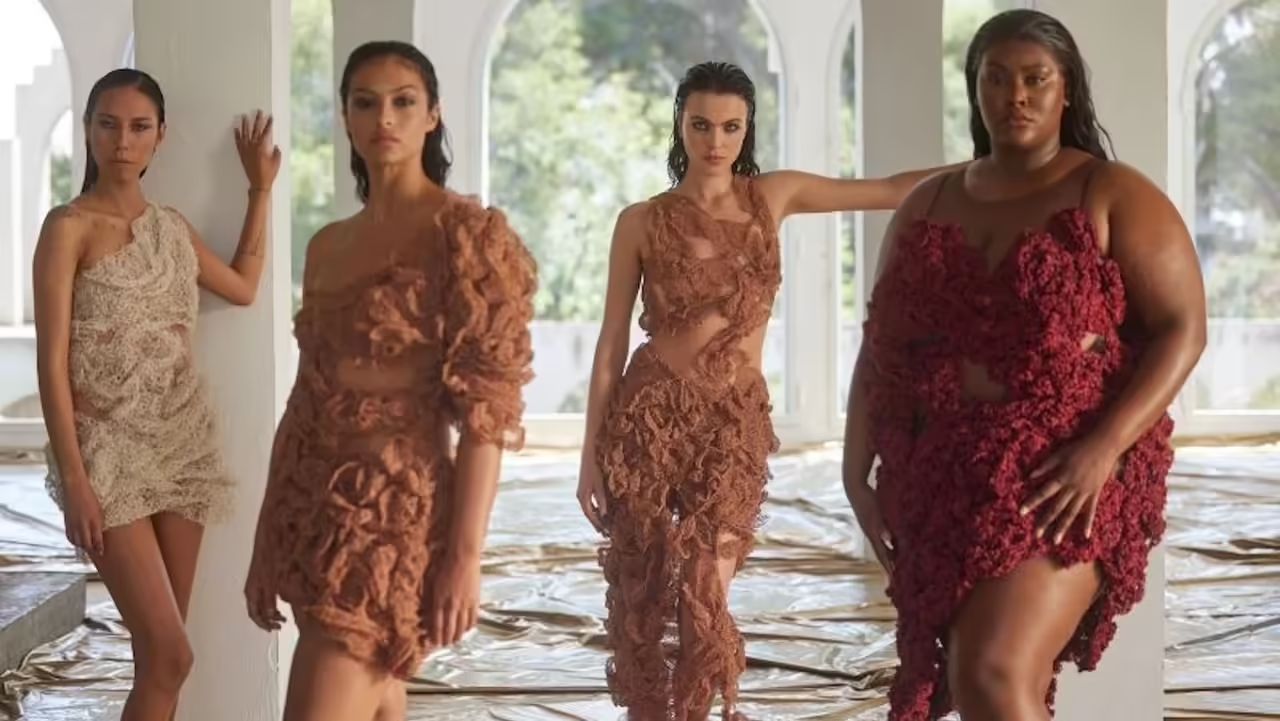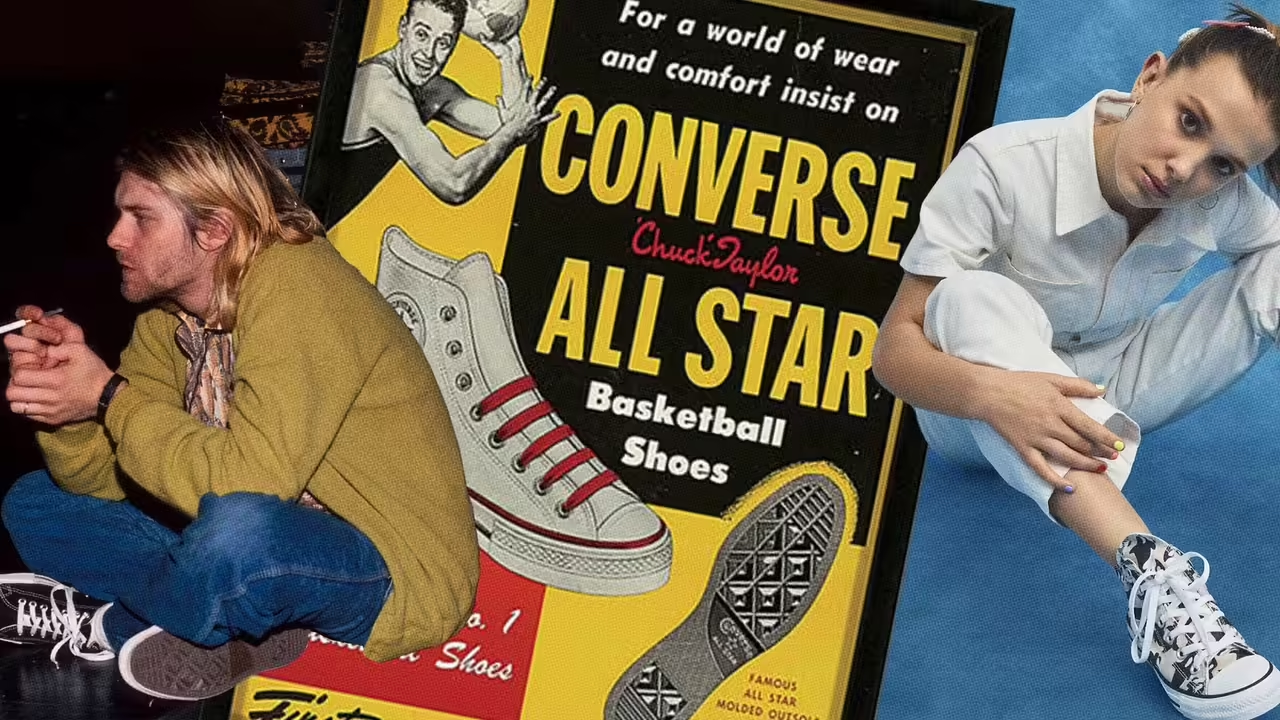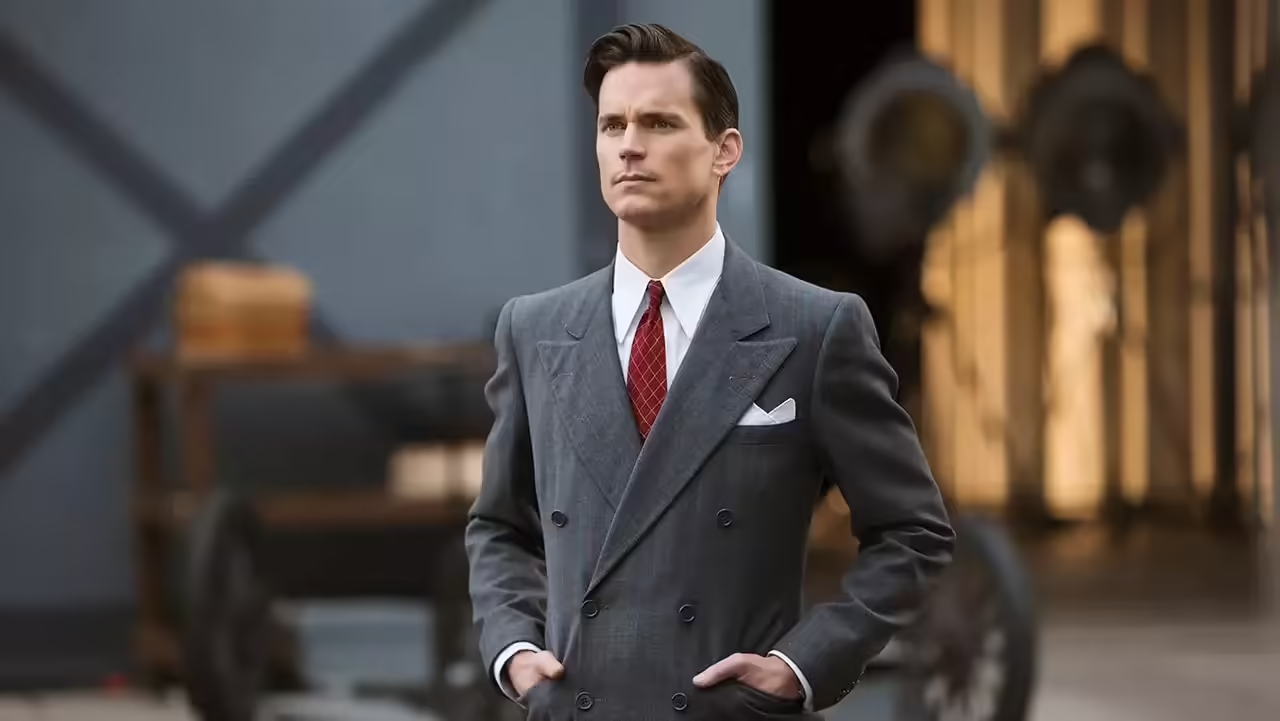
Do you want to make a good impression in your next job interview, romantic date, or social event? Then you can’t neglect your personal image, and that includes your way of dressing. Style is a form of non-verbal communication that speaks volumes about you, your personality, your confidence, and your professionalism. That’s why in this article, we will give you some practical tips to learn the art of dressing and positively impact anyone you want.
The first thing to consider is that there is no single dress code that fits all occasions. Depending on the context, the environment, and your goal, you should adapt your outfit to the circumstances. Going to a formal meeting is not the same as attending an informal party, and dressing to seduce is different from conveying seriousness. Therefore, before choosing your clothes, think carefully about the message you want to convey and the audience you are addressing.
The second thing to consider is that quality is more important than quantity. You don’t need to have a closet full of expensive and branded items to dress well. The essential thing is that the clothes you wear are of good quality, fit well, are clean and ironed, and harmonize well with each other. It is also important to renew your wardrobe from time to time to avoid it looking worn out or outdated.
The third thing to remember is that details make the difference. A good accessory, such as a watch, a tie, a handkerchief, or cufflinks, can add a distinctive and elegant touch to your look. But be careful not to exaggerate or fall into bad taste. Accessories should be discreet and in line with the rest of the clothing, and they should not attract more attention than the ensemble. Additionally, you should avoid unnecessary or extravagant ornaments, such as chains, rings, or piercings.
Finally, the most important thing is that you feel comfortable and confident in what you are wearing. It’s not about blindly following trends or copying someone else’s style. It’s about finding your own identity and expressing it through your clothing. The art of dressing is not just a matter of fashion or appearance. It’s a way to show the world who you are and how you value yourself.
Dominating the Art of Folding: Impeccable Shirt Folding Techniques
In the realm of maintaining a polished and presentable wardrobe, mastering the art of folding shirts is a skill that can elevate your overall image and leave a lasting impression. The way you fold your shirts not only affects their appearance but also contributes to the longevity of the fabric and ensures that you’re always ready to make a sharp and well-groomed entrance. In this guide, we’ll explore techniques for folding sleeves and achieving that perfectly folded shirt look.
The Basic Sleeve Fold:
Lay the Shirt Flat: Begin with a clean, flat surface. Lay your shirt face down with the backside facing up.
Fold in Half: Fold one side of the shirt horizontally, bringing the sleeve in line with the opposite edge. The shirt should now resemble a rough rectangle.
Fold Again: Fold the shirt in half once more, ensuring that the sleeves are neatly tucked in. You should now have a compact, sleeve-included square.
The Formal Business Fold:
Lay the Shirt Face Down: Start with the shirt face down on a flat surface.
Fold the Sleeves Inward: Fold each sleeve inward, aligning them with the center of the shirt. Ensure that the sleeves are parallel and create a clean line.
Fold in the Sides: Fold both sides of the shirt towards the center, forming a narrow rectangle.
Fold in Half: Finally, fold the shirt in half vertically. This technique is ideal for business shirts, creating a slim, uniform fold.
The Efficient Travel Fold:
Lay the Shirt Face Up: Place your shirt face up on a clean surface.
Fold One Sleeve Inward: Fold one sleeve across the back of the shirt, stopping just before the center.
Fold the Other Sleeve: Repeat the process with the other sleeve, creating an overlapping effect.
Fold in the Sides: Fold both sides of the shirt towards the center, creating a compact, travel-friendly square.
Additional Tips:
Smooth Out Wrinkles: Before folding, smooth out any wrinkles to ensure a crisp appearance.
Practice Collar Alignment: Pay attention to collar alignment during folding to maintain a professional look.
Invest in Shirt Folding Boards: Consider using shirt folding boards for a consistently neat fold every time.
Hang When Possible: For dress shirts, hanging is preferable to folding to minimize wrinkles.
By mastering these shirt folding techniques, you not only enhance the visual appeal of your wardrobe but also demonstrate a commitment to maintaining a polished and professional image. Whether preparing for a business meeting or packing for a trip, the art of folding shirts is a small yet impactful detail that should not be overlooked.
Waist and Style: Tricks for Folding Pants and Chinos
In the pursuit of a refined wardrobe, mastering the art of folding pants and chinos is key to presenting a polished and organized appearance. Here are some tips on how to fold pants elegantly, with a focus on accentuating details such as the waist.
The Classic Fold:
Begin by laying the pants flat on a clean surface, ensuring that the seams and creases are straight. Fold one leg over the other, creating a straight line from the waistband to the hem. Fold the pants in half, aligning the waistband with the hem. Smooth out any wrinkles as you fold.
The Business Casual Fold:
Lay the pants face down with the front side up, ensuring the seams are well-aligned. Fold one leg inward, positioning it parallel to the center. Repeat with the other leg, creating a clean, narrow fold. Fold the pants in half, bringing the hem to the waistband.
The Travel-Friendly Roll:
Lay the pants flat and fold one leg over the other, creating a straight line. Starting from the hem, roll the pants tightly towards the waistband. This method minimizes wrinkles and saves space, making it ideal for packing.
Accentuating the Waist:
When folding, pay attention to the waistband to maintain a crisp and defined line. If the pants have a belt loop, fold them in a way that showcases this detail for added style. Smooth out the waistband as you fold to avoid creases and wrinkles.
Quick Tips:
Always fold pants when they are clean and wrinkle-free for a polished appearance. Hang pants when possible to prevent wrinkles, especially for formal occasions. Experiment with different folds to find the method that works best for your wardrobe and storage space.
By incorporating these folding techniques into your routine, you not only ensure that your pants remain in excellent condition but also add a touch of sophistication to your closet organization. Remember, the details matter, and an elegantly folded pair of pants can make a significant difference in your overall style presentation.
Exploration of Key Accessories that Make a Significant Difference in an Ensemble
Elegant Watches:
A well-chosen watch is not just functional but also serves as a style statement. Opt for a design that aligns with your personality and the occasion, whether it’s classic, modern, or sporty.
Sophisticated Sunglasses:
Sunglasses not only protect your eyes from the sun but also add a touch of mystery and style. Find a pair that suits the shape of your face and complements your overall style.
Minimalist Jewelry:
Less is more when it comes to jewelry. Minimalist pieces like delicate necklaces, simple bracelets, or elegant rings can add subtlety and sophistication to any outfit.
Scarves and Shawls:
Whether it’s a wool scarf in winter or a lightweight shawl in summer, these accessories not only provide warmth but also add dimension and color to your ensemble.
Quality Belts:
A well-chosen belt not only keeps your pants in place but can also be a focal point of your outfit. Opt for quality belts with stylish buckles for an extra touch of flair.
Stylish Bags:
Whether it’s a modern backpack, a classic leather bag, or an elegant wallet, a well-chosen bag can be the perfect complement to your outfit, in addition to being practical.
Timeless Hats:
From fedoras to berets, hats add a distinctive style element. Find a hat that suits the shape of your face and your personal style.
Cufflinks and Brooches:
For more formal occasions, cufflinks and brooches can be the perfect finishing touch. They add a touch of luxury and attention to detail to your shirt or jacket.
Socks with Personality:
Don’t underestimate the power of good socks. Opt for interesting colors and patterns to add a touch of fun and style to your look.
Elegant Umbrellas:
Even on rainy days, you can maintain your style. Choose an elegant and well-designed umbrella that is not only functional but also a fashion accessory.
By carefully choosing and combining these accessories, you can transform any basic outfit into a unique expression of your personal style. Remember, accessories not only complement your clothes but also tell your personal story.
Shoes: The Foundation of a Great Outfit
In the fascinating world of fashion, shoes are not merely accessories to cover your feet; they are the fundamental foundation of a well-thought-out outfit. From choosing the right pair to caring for them properly, here are tips for wearing shoes in a sophisticated manner.
The Right Choice:
Comfort is Key: Don’t sacrifice comfort for style. Find shoes that fit properly and offer support for your feet.
Variety for Occasions: Own a variety of styles, from formal to casual, to suit different occasions.
Proper Care:
Regular Cleaning: Keep your shoes clean and free from dirt. Use a soft brush and cleaning products specific to the material of your shoes.
Weather Protection: Waterproof leather shoes to protect them from rain and moisture. Store shoes in bags or boxes when not in use to prevent damage.
Pair Rotation:
Avoid Excessive Wear: Don’t wear the same pair of shoes every day. Rotating between several pairs allows each one to rest and maintain its original shape for a longer time.
Proper Fit:
Correct Size: Ensure your shoes are the right size. Incorrect fitting can cause discomfort and long-term damage.
Adaptation: Give your feet time to adapt to new shoes. Don’t rush to discard a pair just because they feel a bit snug at first.
Consistent Style:
Coordinate with Your Outfit: Choose shoes that complement your clothing and the overall tone of your outfit. Shoes can elevate or detract from a look.
Invest in Quality:
Durability: Invest in quality shoes that last longer. The initial investment is worth it when considering long-term durability and comfort.
Know Specific Care:
Learn about Materials: Different materials require different care. Whether leather, suede, or fabric, understand the appropriate methods to maintain the integrity of your shoes.
Timely Repairs:
Address Issues Promptly: If you notice wear or damage, address the problem immediately. Repairing minor issues promptly can prevent major damage.
Personal Style:
Reflect Your Personality: Choose shoes that reflect your personal style. Whether classic, modern, or bold, your shoes should speak to who you are.
By following these tips, not only will you keep your shoes in excellent condition, but you’ll also turn them into the cornerstone of a sophisticated outfit. Remember, shoes are not just for walking; they’re for making a style statement.
